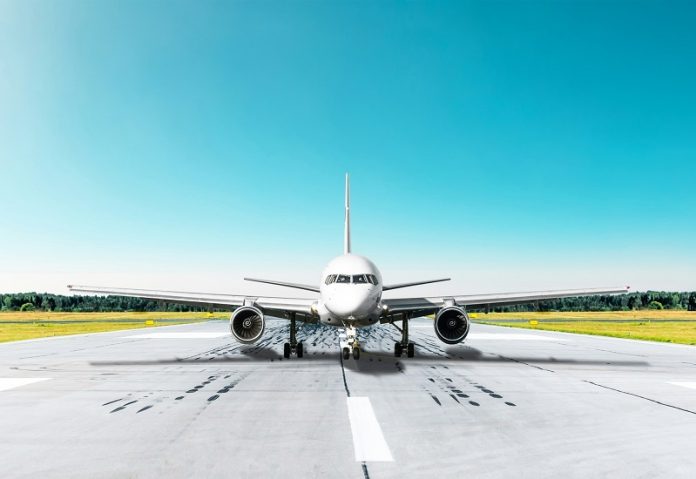
Researchers from Sandia National Laboratories and Ohio State University are exploring a new way to help aircraft navigate when GPS signals are lost.
The team is testing a backup system that uses everyday signals from cell towers and non-GPS satellites to guide planes safely.
This could make air travel more reliable in cases where GPS is unavailable or compromised.
The idea is to rely on “signals of opportunity”—radio waves from sources like cell phone towers and satellites that are not part of the GPS network.
The research team is working to harness these signals to calculate a plane’s position and velocity if GPS fails. Jennifer Sanderson, the lead researcher at Sandia, explained, “We’re not trying to replace GPS. We’re just trying to assist it in situations where it’s degraded or compromised.”
The team presented its initial findings at the Institute of Navigation GNSS+ conference in Baltimore.
They collected data using a unique setup: antennas attached to a weather balloon floating 80,000 feet above New Mexico.
This high-altitude experiment aimed to test how well the signals from cell towers and non-GPS satellites could be picked up and used for navigation at such heights.
GPS is known for being fast, precise, and reliable. It has become a key part of our modern lives, used for everything from flying airplanes and driving cars to stock market transactions and agriculture.
However, GPS signals are not invincible. They can be jammed, blocked, or even spoofed (faked). Spoofing devices can send misleading signals, tricking a GPS receiver into thinking it is in a different location.
While this might seem harmless in a game like Pokémon Go, it can be dangerous for vehicles and planes.
Jamming is another issue, where a device overwhelms a GPS receiver with noise, rendering it useless. Sanderson expressed her concern, saying, “The impacts of losing GPS could be felt throughout society.”
Sanderson’s idea of using non-GPS signals for navigation isn’t entirely new. Scientists call this approach “signals of opportunity,” and it has been studied mostly on the ground or at low altitudes. For example, autonomous vehicles could use this method to navigate through cities with tall buildings that block GPS signals. But studying these signals at high altitudes, where aircraft fly, is a new challenge.
The researchers are looking at signals from cell towers and non-GPS satellites using the Doppler effect. This effect causes radio waves to compress or stretch depending on whether a satellite is moving toward or away from the receiver. With advanced calculations, the team can use these changes to figure out the plane’s position.
The research team attached their equipment to a weather balloon and launched it to an altitude of 80,000 feet—much higher than previous studies that reached around 5,000 to 7,000 feet. The equipment included antennas and electronic devices housed in an insulated foam cooler. The goal was to collect data and see if these alternative signals were strong and clean enough to be used for navigation.
As the researchers process their data, they aim to create algorithms that match signals to their transmitters in real time. This step will be crucial for building a system that can automatically calculate a plane’s position during flight. Sanderson acknowledged the challenges, saying, “The not-sexy but very important side of navigation is understanding all your error sources.”
Despite these difficulties, Sanderson is optimistic. She shared that their initial findings show promise. “We believe our preliminary findings indicate that we detected cell tower signal beacons at our peak altitude of about 82,000 feet,” she said. If these signals are strong enough, they could provide an important alternative to GPS, helping keep aircraft on course even when traditional navigation systems fail.
This project could open the door to safer air travel and more resilient navigation systems, offering a valuable backup in case of GPS outages.



